Discover the Surprising Side Effects of Eating Crayons
Did you know that the innocent act of eating crayons might be more dangerous than you thought? As a conscientious parent, it’s alarming how often our little ones manage to nibble on these colorful sticks. Therefore, it’s crucial to recognize the potential side effects early. I’ve compiled this comprehensive guide to shed light on the unexpected health risks that can emerge from chewing on crayons.
This practical advice works for those freak one-time incidents to the more worrying habitual munching. You’ll manage to stay a step ahead, knowing what symptoms to watch for and what measures to take in response. Additionally, you’ll get tips on how to avoid such episodes altogether, ensuring your child’s safety at all times.
So let’s dive in together, and equip ourselves with the knowledge to secure our children’s wellbeing. Remember, an informed parent is an empowered one!
Are Crayons Toxic?
Understanding Crayon Composition
Crayons are a staple in many households, particularly those with young children. The good news for parents is that most crayons are nontoxic and safe for children to use. Generally, crayons are made from paraffin wax and color pigments. Paraffin wax is a natural substance derived from petroleum, coal, or shale, and it is used primarily because it is non-toxic and suitable for manufacturing products like crayons.
Side Effects of Eating Crayons
Despite the safety of the primary materials, it’s not uncommon for parents to be concerned about the side effects of eating crayons. Given that young children often explore their world by putting objects in their mouths, understanding the implications of crayon ingestion is critical.
While the materials in crayons are considered safe in small amounts, it’s essential to be aware that some crayons may contain trace amounts of lead. However, the levels of lead found in crayons produced by reputable manufacturers are typically low and are not considered hazardous if ingested in minimal quantities.
The side effects of eating crayons are usually mild. Children who ingest small amounts may experience minor symptoms such as:
- Stomachaches
- Cramping
- Nausea due to the paraffin wax content
In some cases, crayons can have a laxative effect, leading to diarrhea or constipation.
In conclusion, crayons are generally safe and nontoxic, but it’s still crucial for parents to supervise young children while they are using crayons to prevent ingestion. Keeping a watchful eye can help ensure the well-being and health of children, minimizing any potential risks.
The Immediate Side Effects of Eating Crayons
Crayon ingestion, while rarely toxic, can lead to several immediate side effects that are essential to recognize, especially for parents and caregivers.
Spotting Symptoms of Crayon Ingestion
Eating crayons, despite being largely non-toxic, can still cause immediate discomfort. The most frequent issue? Stomach problems.
From mild stomachaches to intense cramping and nausea, these symptoms arise from the indigestible paraffin wax used in crayons.

Additionally, the wax may act as a laxative, possibly leading to diarrhea or, on the flip side, constipation, as your digestive system deals with this unusual substance.
Stomach Complaints and Rainbow-Colored Stool
One less alarming, yet surprising, side effect is the emergence of rainbow-colored stool. Crayon color pigments pass through the digestive system unchanged, resulting in this curious phenomenon. Alongside colorful bowel movements, diarrhea might occur due to the wax’s laxative effect.
Keep a close watch for these signs, as they clearly indicate crayon ingestion.
Choking Hazards and Allergic Reactions
Crayons can be a choking hazard, especially for curious toddlers. If a child swallows a sizable piece, it can lodge in the throat, causing an urgent situation. In such cases, immediate intervention is crucial.
Moreover, there’s the risk of allergic reactions to the pigments in crayons. Children with food color allergies might experience adverse reactions. Immediate steps, like calling 911, are necessary if choking or breathing trouble occurs.
Serious Health Risks of Consuming Crayons
Crayons, while typically deemed non-toxic, can still pose considerable health risks due to their wax composition. It’s essential to understand the potential dangers and when to seek professional help.
The Danger of Intestinal Blockages
Crayons, despite their non-toxic label, can cause significant problems if ingested. The wax in crayons can harden within the digestive system, often leading to noticeable discomfort and severe constipation.
In more critical scenarios, this hardened wax can create an intestinal blockage. Such a blockage disrupts the normal flow of food, liquids, and waste through the intestines. It’s not just uncomfortable—this condition may need immediate medical intervention, making it a serious health concern.
When to Seek Medical Attention
Most of the time, eating crayons doesn’t call for emergency care. Common side effects of eating crayons may include minor tummy troubles, which are usually manageable at home.
However, you should seek medical help if severe stomach pain, persistent vomiting, or ongoing constipation occurs. These symptoms might indicate more serious complications.
Additionally, prompt medical attention is critical if a child experiences choking or struggles to breathe after ingesting crayons. Ignoring these signs can lead to severe risks, so swift action is crucial to ensure safety and well-being.
How to Prevent Your Child from Eating Crayons
Effective Supervision Strategies During Playtime
To minimize the potential side effects of eating crayons, constant supervision during playtime is essential. Engaging with your child as they draw and color not only nurtures creativity but also reduces the risk of crayon ingestion. Sit close by, offering guidance and praise while keeping an eye on their activities. If you need to briefly leave the room, make sure to take the crayons with you to prevent unsupervised access. Structured play sessions with regular breaks can keep children focused and less tempted to put crayons in their mouths.
Choosing safe and non-toxic crayons is essential for your child’s health. For more guidance on selecting safer art and craft supplies, you can refer to resources that help parents make informed choices, such as those found at this helpful guide.
Safety begins with selecting the right materials. Opt for crayons labeled as non-toxic and unscented to greatly reduce the risk of harmful side effects. These labels indicate that the crayons adhere to stringent safety standards. Always look for safety certifications from trusted organizations on the packaging. These ensure the crayons are free from harmful levels of toxic substances like lead, which can pose significant health risks if ingested.
Teaching Your Child About Proper Eating Habits
Educating your child on the difference between food and non-food items is a critical preventative measure. Engage them in ongoing conversations about what is safe to eat and what isn’t, consistently reinforcing this knowledge. Mealtime can serve as a perfect moment to discuss healthy eating habits, praising your child for not putting non-edible items in their mouth. Stories or books that emphasize these lessons can make the process enjoyable and memorable. Consistent communication is key in helping your child develop these important habits.

What to Do if Your Child Eats a Crayon
Immediate Steps Every Parent Should Take
Crayon ingestion can be a nerve-wracking experience for any parent. Even though crayons are generally non-toxic, it’s essential to know how to handle the situation calmly and effectively. Here’s a quick guide to managing this common issue:
- Give Water and a Light Snack: Ensure your child drinks plenty of water. This simple step helps to wash away any crayon residue lingering in the mouth or throat. Additionally, offering a light snack can help mitigate any unpleasant tastes and ease any mild digestive discomfort.
- Monitor for Dehydration: Diarrhea is one of the most typical side effects of eating crayons due to their wax content. This can lead to dehydration, so it’s crucial to keep an eye on your child’s fluid intake. Regularly offer them water or rehydration solutions to stay ahead of any dehydration risks.
- Contact Poison Control: If your child exhibits severe symptoms like persistent vomiting or intense stomach pain, don’t hesitate to reach out to poison control. They can provide tailored advice based on the specific circumstances, ensuring your child receives the best possible care.
Understanding the side effects of eating crayons is key to responding effectively. These side effects are typically mild but being prepared helps ensure your child’s safety and peace of mind. Remember, staying informed and calm is the best approach to managing this common parenting predicament.
Long-Term Health Implications of Crayon Ingestion
The long-term health implications of crayon ingestion can be quite concerning, revealing deeper issues that need addressing.
Addressing Potential Nutrient Deficiencies
The side effects of eating crayons can go beyond immediate discomfort, hinting at an underlying condition known as pica. Pica is a behavioral disorder where individuals consume non-food items, which can have serious implications for a child’s health.
One major concern is the potential for nutrient deficiencies. Children with pica often opt for substances like crayons over nutrient-rich foods, leading to imbalances. For example, constant crayon ingestion can result in insufficient iron intake, potentially causing iron-deficiency anemia. This condition manifests as fatigue, weakness, and cognitive challenges, significantly impacting a child’s development and quality of life.
If a child has a persistent fixation on eating crayons or seems “addicted” to them, seeking professional medical advice is crucial. A healthcare provider can conduct a thorough evaluation to determine the root cause and provide appropriate interventions. Addressing pica often involves multiple approaches, including dietary adjustments, behavioral therapies, and possibly nutritional supplements to remedy any deficiencies.
Understanding and addressing the long-term health implications of crayon ingestion involves recognizing the potential for nutrient deficiencies and taking proactive measures to ensure a child’s overall health and well-being. Consulting healthcare professionals enables parents to help their child overcome pica, fostering healthier eating habits and better development.
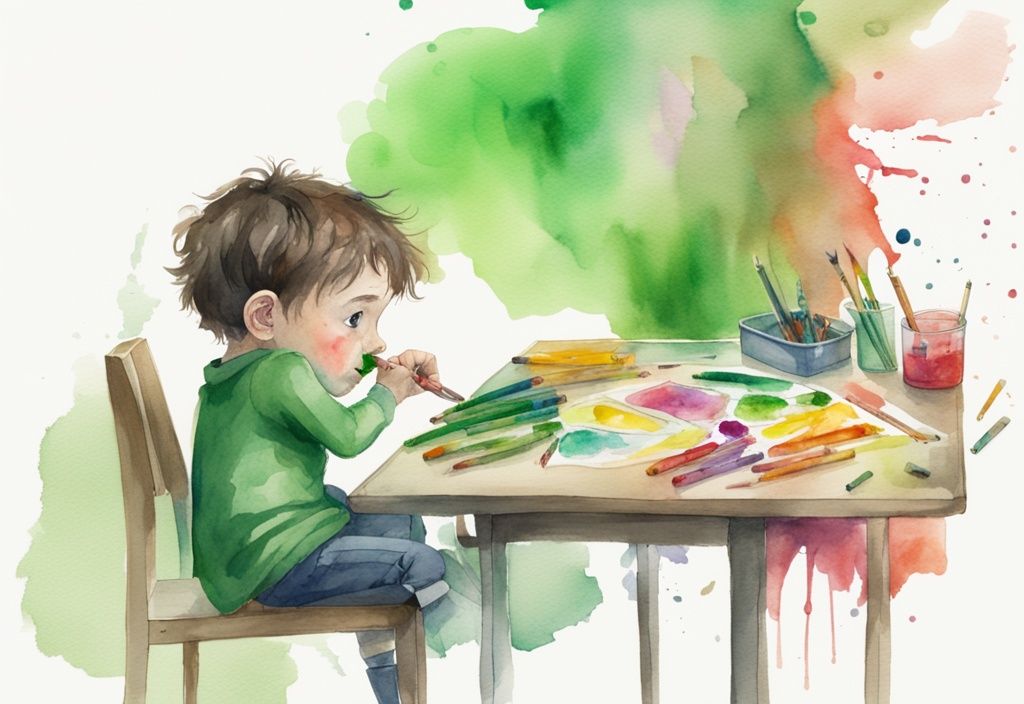
Conclusion: Ensuring Safety and Wellbeing for Your Child
Most instances of crayon ingestion among children are usually harmless, but managing these situations effectively is crucial to ensure the safety and wellbeing of your little one. To minimize the side effects of eating crayons, keep crayons out of children’s reach and always opt for non-toxic brands. Ensure these crayons do not contain any harmful substances, even in trace amounts.
Education and Supervision
Regularly educating your child about the dangers of ingesting non-food items, including crayons, is a proactive measure to prevent such habits. Emphasize the difference between edible and non-edible items. Supervision during playtime is also essential. Direct oversight ensures they are using crayons properly and prevents accidental ingestion or choking hazards.
Nutritional Needs
Providing proper nutrition to your child can deter behaviors associated with pica, a condition often related to nutrient deficiencies that might prompt a child to eat non-food items like crayons. Ensure your child has a balanced diet rich in essential nutrients to avoid the tendency of crayon consumption. Nutrient-rich foods will not only contribute to their overall growth but can also reduce the risk of developing such habits.
Consulting Healthcare Providers
If your child frequently ingests non-food items, it may indicate underlying health or behavioral issues that require professional intervention. Consult a healthcare provider to address potential nutrient deficiencies or other health concerns. A medical professional can offer guidance tailored to your child’s specific needs, ensuring they receive the appropriate care and support.
Ensuring the safety and wellbeing of your child involves consistent supervision, education on proper eating habits, and access to a nutritious diet. By taking these steps, you can significantly reduce the risks associated with the side effects of eating crayons and promote healthier behaviors in your child.
Frequently Asked Questions
Answering some of the most common concerns about crayons and their safety, particularly when it comes to the side effects of eating crayons, ensuring your peace of mind.
Are crayons safe for children to use?
Crayons are generally safe for children, especially when you choose ones clearly labeled as non-toxic. Opting for certified non-toxic brands guarantees the highest safety standards for your little ones during their creative playtime.
Can eating crayons cause poisoning?
While crayons are designed to be non-toxic and are unlikely to cause poisoning, eating them can still lead to some minor side effects of eating crayons. Such side effects may include stomach discomfort or other mild symptoms, but nothing too severe in most cases.
What immediate action should I take if my child eats a crayon?
If your child happens to eat a crayon, start by giving them some water and a light snack. This can help ease any immediate discomfort. It’s important to monitor them for any symptoms and make sure they stay well-hydrated. If you notice anything worrying or are in doubt, don’t hesitate to contact poison control or a healthcare provider for advice.
What signs should I look for after my child eats a crayon?
Keep an eye out for symptoms like stomach pain, nausea, diarrhea, constipation, and even rainbow-colored stool. These are the typical side effects of eating crayons. If you observe signs of choking or if your child has difficulty breathing, seek medical help immediately.
How can I prevent my child from developing this habit?
To prevent your child from eating crayons, always supervise them during playtime. Make sure to select non-toxic crayons and take a moment to educate your child about the dangers of eating non-food items. Encouraging safer habits can go a long way in ensuring their well-being and safety.
Hi, I’m Olivia Green, the voice behind nontoxicways.com. I’m passionate about helping you make the shift to a healthier, non-toxic lifestyle without feeling overwhelmed. I love sharing my personal journey, from small changes to big transformations, along with practical tips that make it all feel doable. My goal is to inspire and guide you toward a lifestyle that benefits both your well-being and the planet. Let’s take this journey together, one simple step at a time!



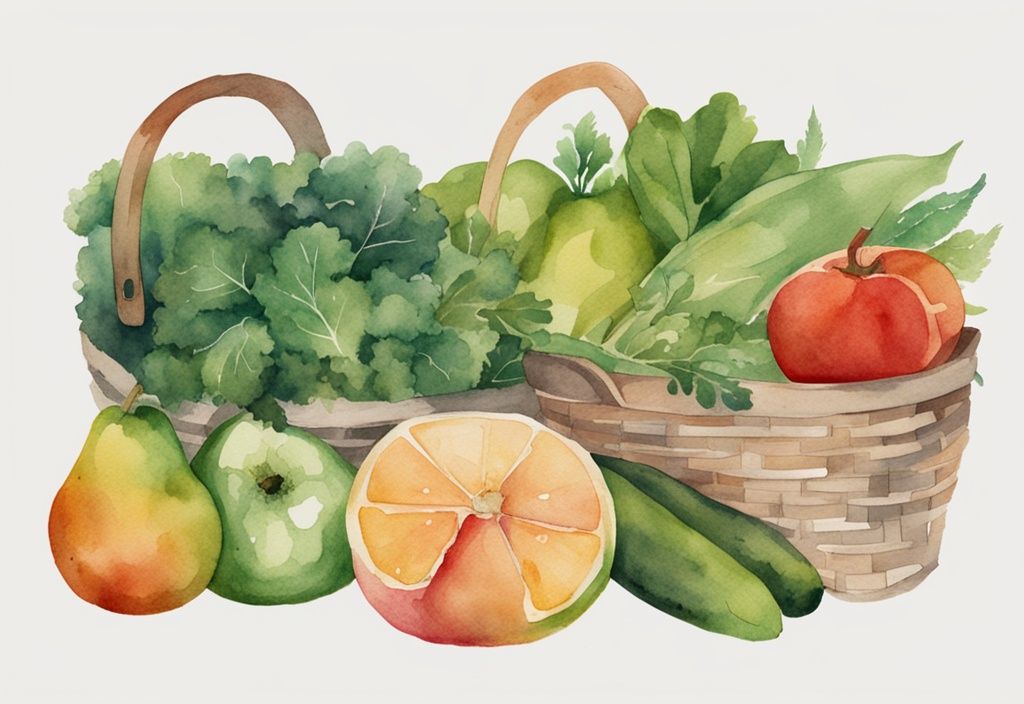
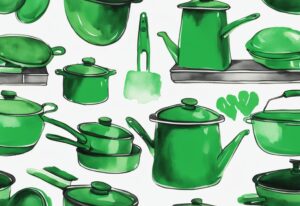



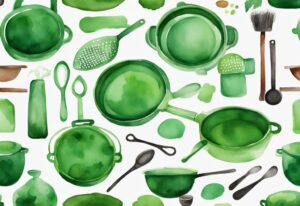
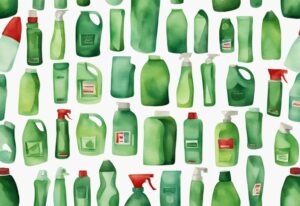




Post Comment